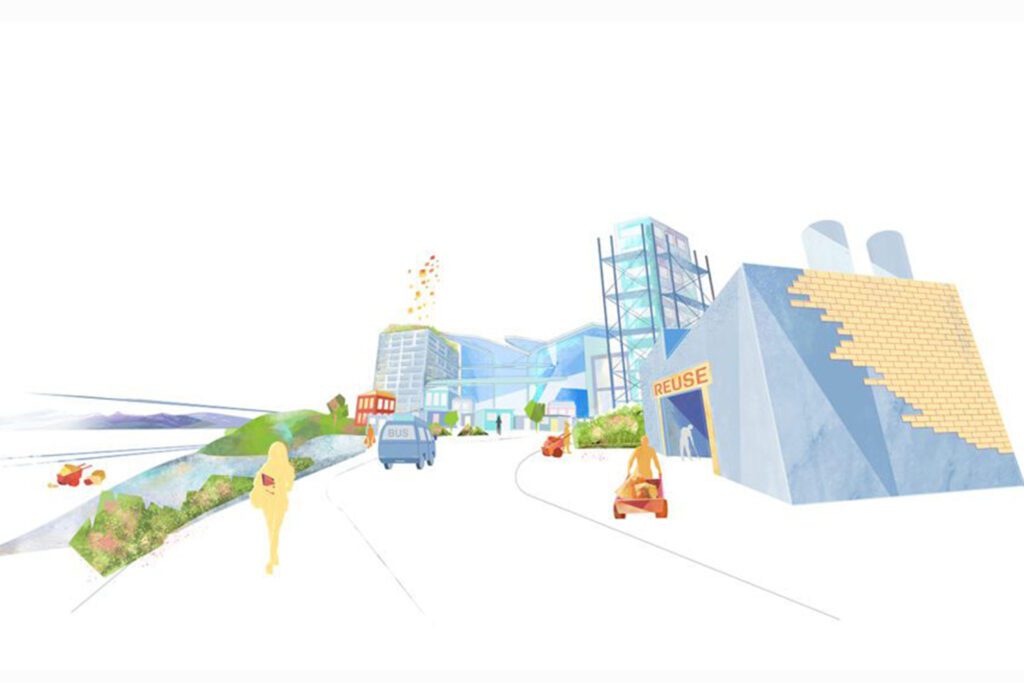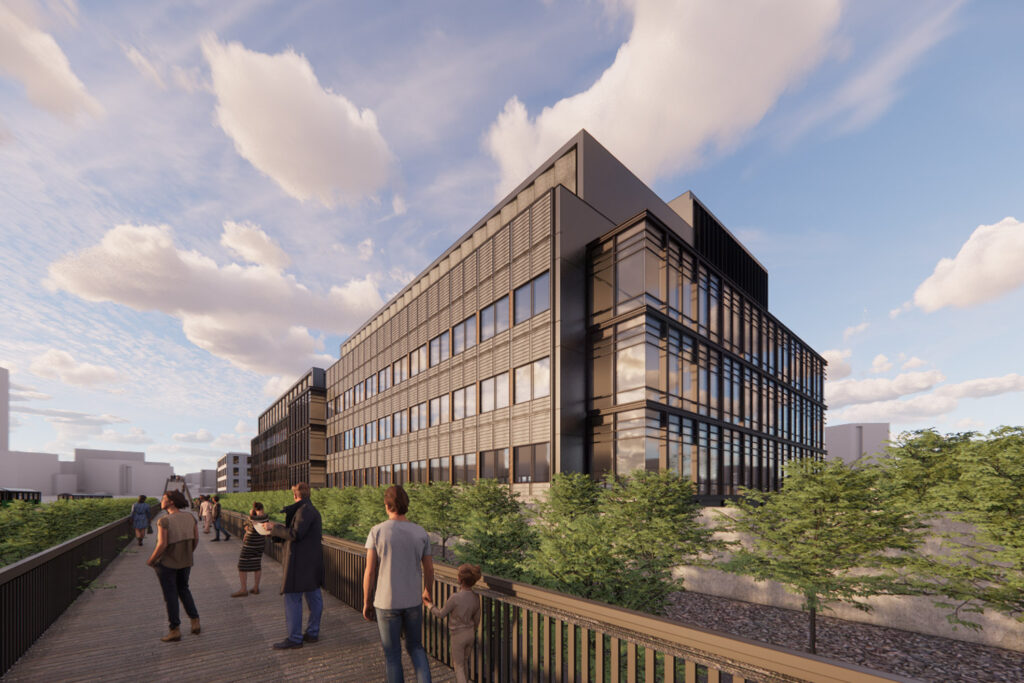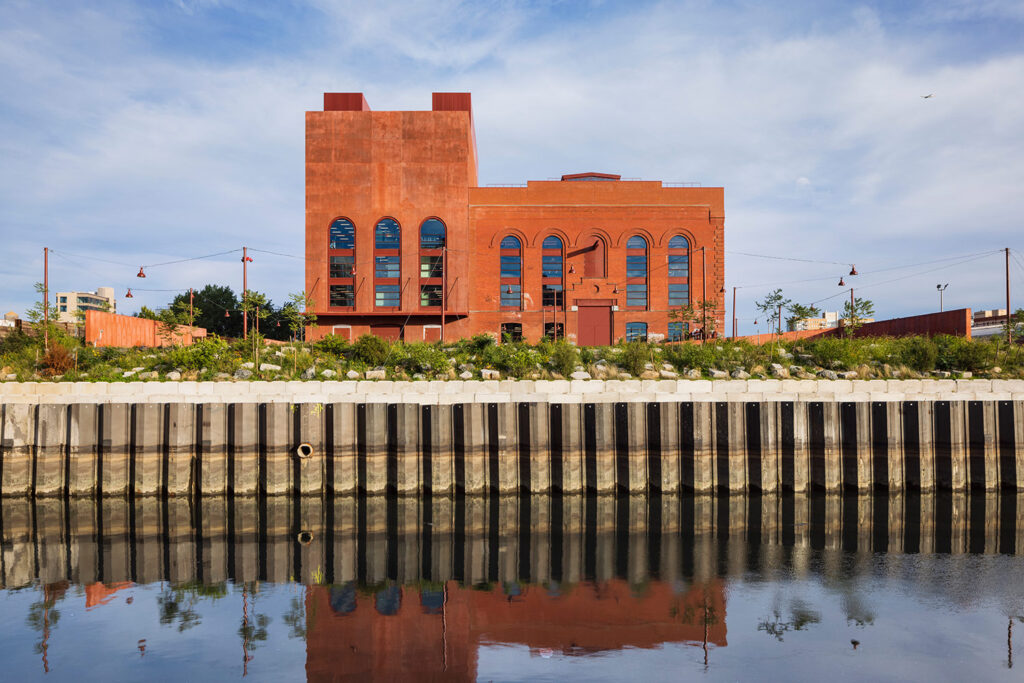COP26: what next for built environment businesses?
It was good to be in Glasgow and feel the energy and intensity of so many people pushing for action. For all the limitations of COP26, it was a moment for governments, cities, businesses and civil society to come together with a focus on tackling climate change.
There was widespread recognition that urgent action is needed to keep 1.5°C within reach, yet there is a lot more to do for the remainder of the UK COP presidency in order to build confidence that this goal is possible.
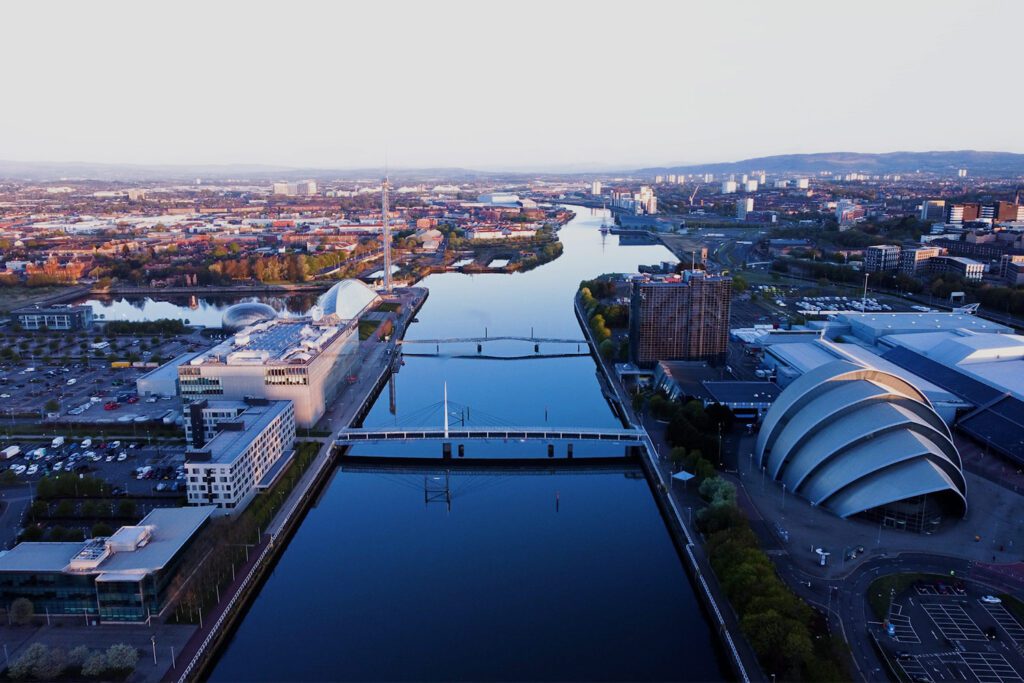
On [1]National Determined Contributions (NDCs), the Glasgow Climate Pact acknowledges that commitments made so far are not enough to prevent warming from exceeding 1.5°C, and therefore asks governments to strengthen NDCs by the end of November 2022, rather than every five years, as previously expected.
On climate finance, there was some progress, but more is needed. The pact urges developed countries to act to at least double their collective provision of climate finance for adaptation to developing countries from 2019 levels by 2025. This is the first time that a COP decision mentions the “loss-and damage” of countries already facing the impacts of climate change, yet the levels of investment fall far short of what will be required.
However, despite these deficiencies in the overall agreement, we have seen strong leadership by cities and business and new drivers in the financial sector.
1,049 cities and local governments have joined Race to Zero. Representing 722 million people, this collective action has the potential to reduce global emissions by 1.4 gigatons annually by 2030. [2]C40 Cities has launched a new Clean Construction Action Coalition [3]of cities and construction sector companies to connect and accelerate the transition. This includes Buro Happold and many of the cities that we have been supporting on this initiative including Mexico City [4]and Qingdao.
The Glasgow Financial Alliance for Net Zero announced that $130 trillion of private finance would align itself with the 1.5C target in the Paris Agreement and UK Chancellor of the Exchequer Rishi Sunak announced that he was making net zero transition plans mandatory for financial institutions and listed companies.
In the building sector, $1.2 trillion real estate assets under management are now a part of Race to Zero and 44 front-runner businesses including developers, designers and asset managers representing $85 billion annual turnover that have signed World Green Building Council’s Net Zero Carbon Buildings Commitment to accelerate action to tackle whole life carbon emissions from the built environment by 2030.
Over 40 countries (including the UK, US and China) joined the Glasgow Breakthrough and agreed to collaborate on standards and policies to accelerate the growth of markets for clean technologies such as zero carbon steel.
These kind of leadership initiatives give hope. If global emissions start to fall then it could lead to a tipping point with other actors following suit. Now is the time to turn commitments into action and the next 12-24 months will be critical.
So, what needs to happen next?
1. Sharpen up the rules
The Science Based Targets Initiative recently published its new Net Zero Standard aimed at organisational commitments. This significantly raises the bar and ensures that companies set both short- and long-term targets for 1.5°C covering Scope 1, 2 and 3 emissions. Like many others 1.5°C aligned businesses, Buro Happold will be reviewing itself against the new standard and augmenting existing validated science-based targets as necessary. Sector-specific definitions such as those produced by World GBC and UKGBC need to be widely adopted.
2. Produce decarbonisation pathways for the next 10 years
Substantial action by 2030 is critical as carbon emissions accumulate in the atmosphere for years to come. Companies need to produce robust, credible, fully-costed plans to decarbonise their assets, increasingly framed within sectoral science-based pathways such as UKGBC Whole Life Carbon Roadmap[5]. Our sustainability plan for Battery Park City [6]in New York, portfolio-wide all-electric strategy for Derwent London or Landsec zero carbon strategy for residential developments illustrate how to do this.
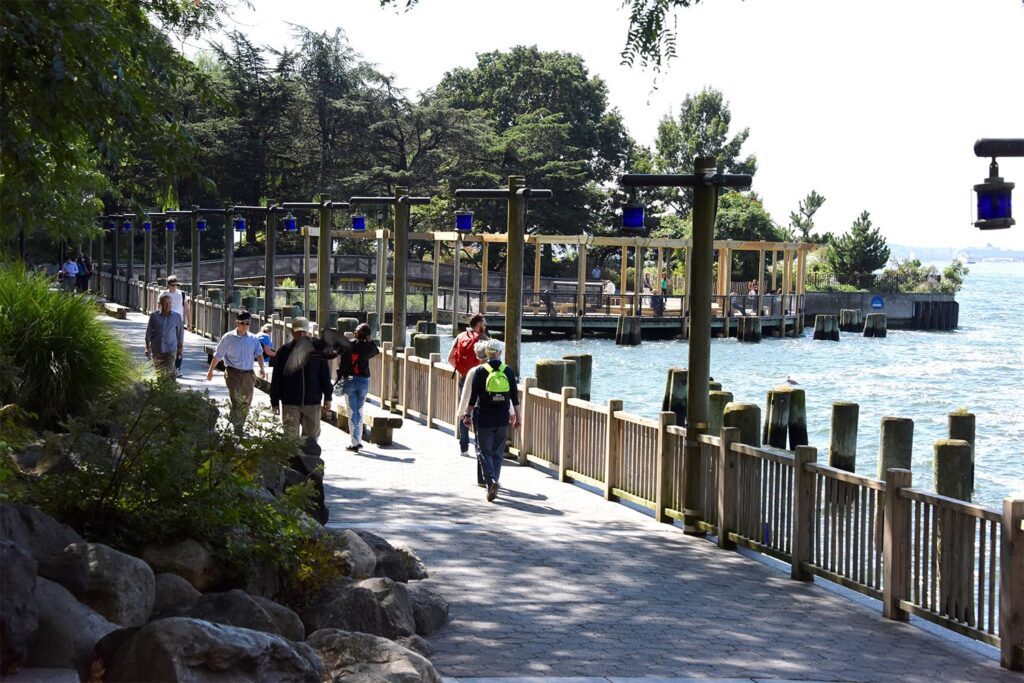
3. Develop programmes and monitor progress
Next, these pathways need to be turned into action with programmes of work covering the development of standards, setting energy use intensity and embodied carbon targets, development of procurement documents and identifying opportunities on specific projects. This is the approach we are taking with major portfolio-holders such as Aviva Investors[7] and Royal London Asset Management.
4. Capture the value
Clients need to build a strong business case that measures and capture the rounded business value. The recently published World GBC report Beyond the Business Case[8] describes a broad framework of business value, backed up by case studies from around the world. The evidence is clear that there is a paradigm shift taking place where we simply cannot afford not to invest in a sustainable built environment.
5. Celebrate success
Finally, we need to share knowledge, build networks of support and celebrate success. This is both a marathon and a sprint – we need sustained action at speed – and for many, this is the defining issue of their careers. We need to innovate, learn from successes and failures and create a broader movement for change, right across the built environment sector and wider society.
If we can harness the energy and momentum of Glasgow, then we can drive forward towards that tipping point and effect change for decades to come.
References
[1] Aldersgate Group briefing: outcomes at COP26
[2] Building to COP26 Press Release – Accelerating deep collaboration: 26 built environment climate action initiatives announced at COP26 Building To COP26 – For a Zero Emissions and Resilient Built Environment, Regions & Cities.
[4] C40_CC_MexicoCity_Report_Issue001_Compressed.pdf (burohappold.com)
[6] Driving neighbourhood-level action – Buro Happold
[7] Changing sustainability standards from the inside – Buro Happold
[8] Beyond the Business Case report 2021 | World Green Building Council (worldgbc.org)



